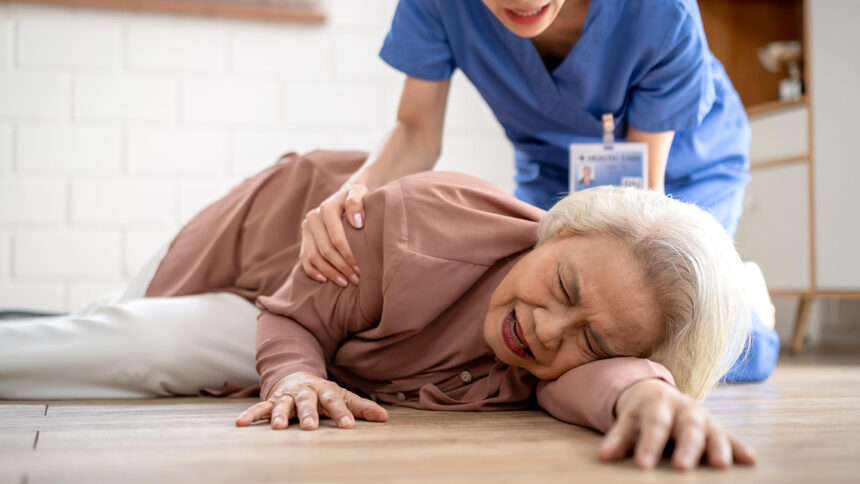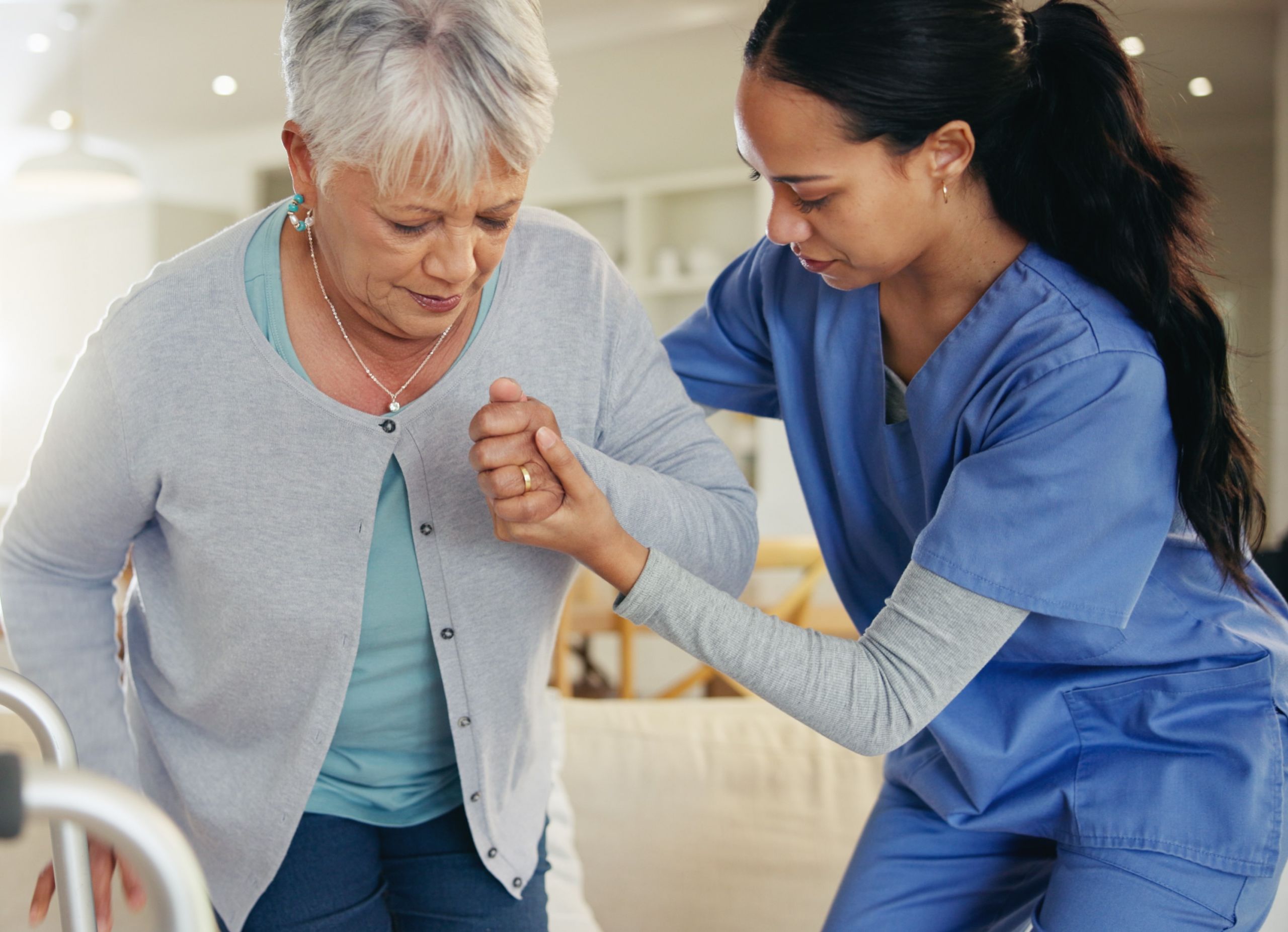In today’s rapidly advancing technological world, ensuring the safety and well-being of seniors is a top priority. Many families and caregivers ask the critical question: Are fall detection devices safe for seniors? Understanding the potential benefits and risks of these devices is essential, as they play a vital role in promoting the independence and safety of elderly individuals. This article delves into the different aspects of fall detection devices and their safety for seniors.

Understanding Fall Detection Devices
Fall detection devices are innovative tools designed to alert caregivers or emergency services when a fall occurs. These devices often use advanced sensors, such as accelerometers and gyroscopes, to detect sudden movements or impacts that indicate a fall. Once a fall is detected, the device automatically sends an alert to pre-set contacts, ensuring timely intervention.
How Do Fall Detection Devices Work?
The primary function of fall detection devices is to monitor the wearer’s movements continuously. When the device senses a fall, it triggers an alert system that notifies caregivers or emergency services. This process typically involves the following steps:
- Impact Detection: The device senses a sudden change in movement or impact, indicating a fall.
- Alert Activation: Once a fall is detected, the device sends an alert to pre-determined contacts.
- Emergency Response: Caregivers or emergency services respond based on the alert, ensuring prompt assistance.
The Benefits of Fall Detection Devices for Seniors
Installing a fall detection device can offer numerous benefits for seniors, including:
- Enhanced Safety: These devices provide an added layer of security, ensuring that help is always just a notification away.
- Increased Independence: Seniors can maintain their independence, knowing that assistance is readily available in case of a fall.
- Peace of Mind: Families and caregivers can have peace of mind, knowing that their loved ones are safer with a fall detection device.
Safety Concerns and Risks
While fall detection devices offer many advantages, it is important to consider potential risks and safety concerns:
- False Alarms: Sometimes, these devices may trigger false alarms, causing unnecessary worry and response.
- Device Malfunction: Like any technology, fall detection devices can malfunction, leading to missed alerts.
- Privacy Issues: Continuous monitoring might raise privacy concerns for some seniors.
Ensuring the Safety of Fall Detection Devices
To ensure the safety and effectiveness of fall detection devices, consider the following:
- Regular Maintenance: Regularly check and maintain devices to ensure they function correctly.
- Choosing the Right Device: Select a device that fits the individual’s lifestyle and specific needs.
- Training and Familiarization: Ensure that both the senior and their caregivers understand how to use the device properly.
Technological Advances in Fall Detection
Recent technological advances have significantly improved the accuracy and reliability of fall detection devices. Innovations such as machine learning and artificial intelligence enable these devices to learn from past incidents, reducing false alarms and improving response times. For more information on the latest advancements, you can explore this article on Elderly Care Technology.
Integrating Fall Detection with Telehealth
Integrating fall detection devices with telehealth services offers a comprehensive approach to senior care. This integration allows for real-time health monitoring, ensuring that seniors receive immediate attention when needed. Learn more about this integration in our article on Fall Detection and Telehealth.
Conclusion
In conclusion, the question of are fall detection devices safe for seniors can be answered with cautious optimism. While there are potential risks, the benefits of these devices in enhancing the safety and independence of seniors are undeniable. By choosing the right device, ensuring regular maintenance, and integrating with telehealth, families and caregivers can maximize the effectiveness of fall detection technology.

Frequently Asked Questions
1. How do fall detection devices notify caregivers?
Fall detection devices typically send alerts via phone calls, text messages, or app notifications to pre-set contacts, ensuring quick response.
2. Can fall detection devices be worn discreetly?
Yes, many devices are designed to be worn discreetly, often resembling everyday accessories like watches or pendants.
3. Are there any costs associated with fall detection devices?
Costs can vary depending on the device and additional services. Some devices may involve a one-time purchase, while others might require a subscription fee. For more details on pricing options, visit our page on Subscription vs. One-Time Purchase.
For additional information on fall prevention and safety, consider visiting the National Institute on Aging website.
This article contains affiliate links. We may earn a commission at no extra cost to you.

